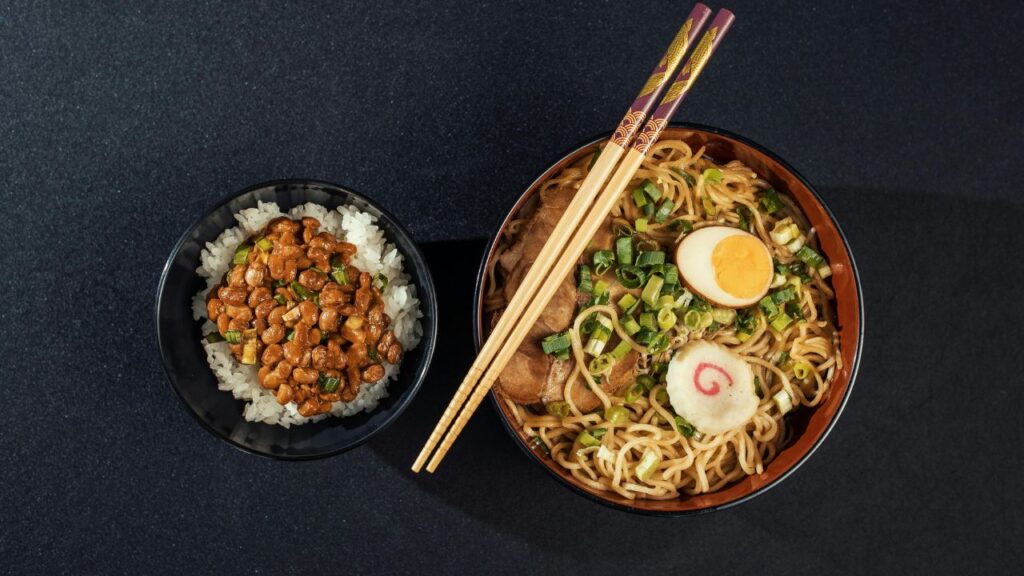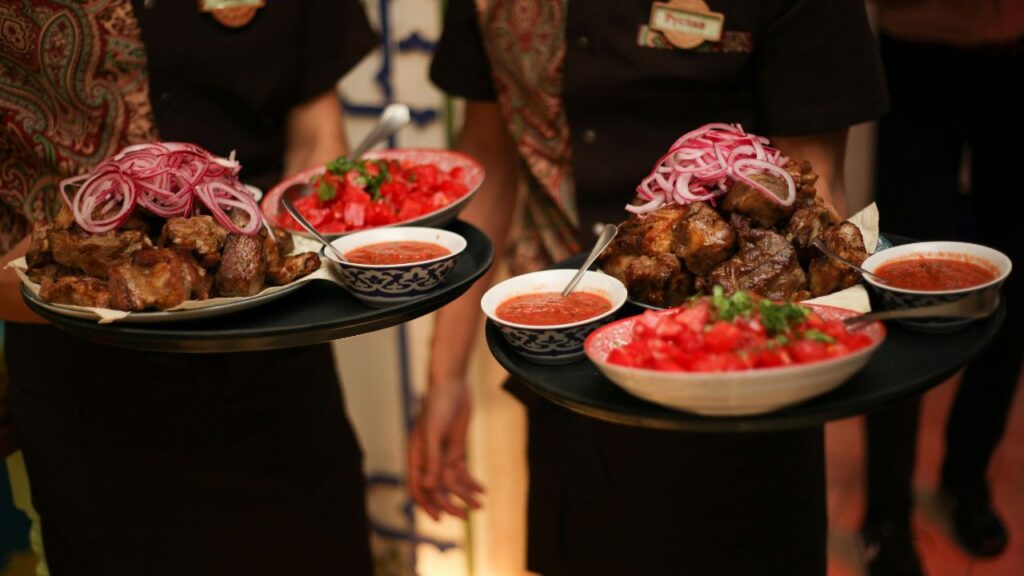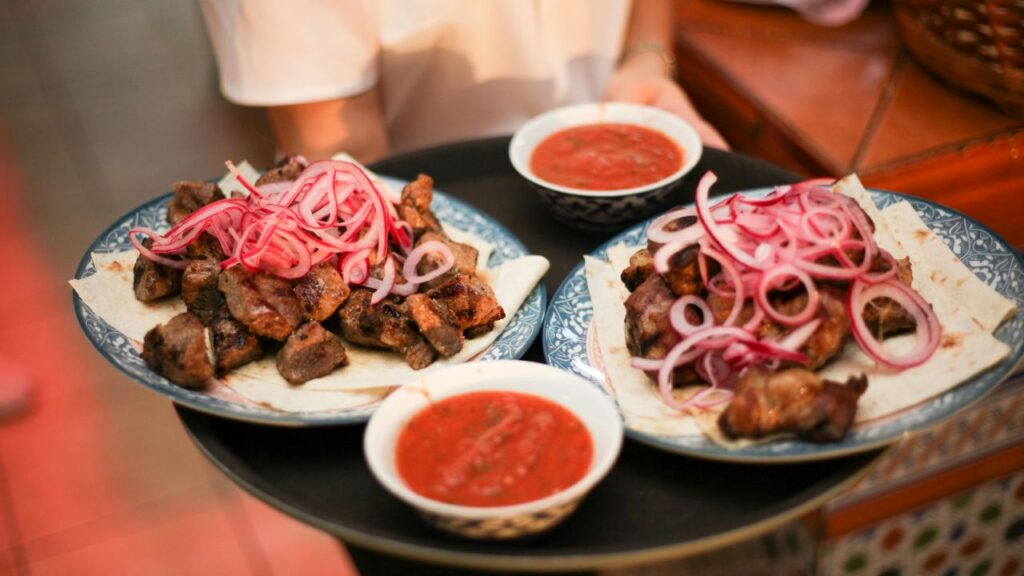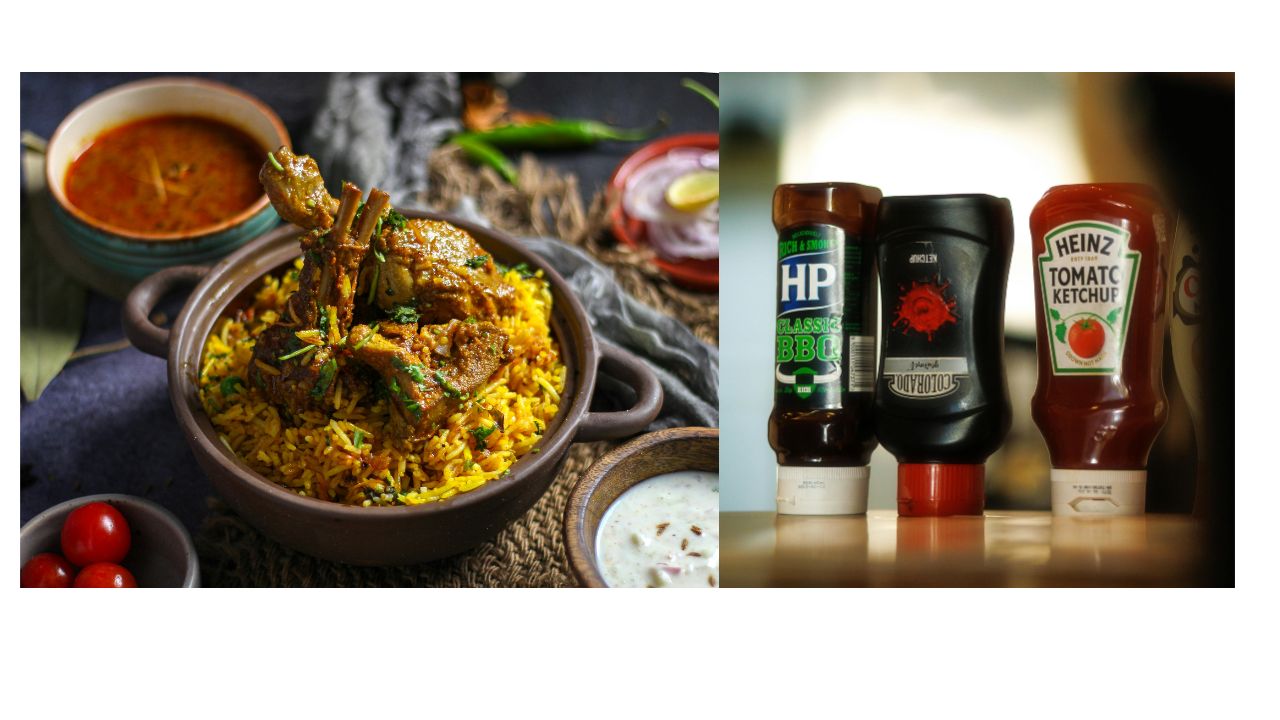Pharaoh Sauce may soon become your new culinary addiction if you are a foodie constantly searching for strong, distinctive tastes. Inspired by the herbs and spices of ancient Egypt, this rich, aromatic condiment forms a flexible sauce equal parts exotic and familiar from cume, coriander, garlic, and chile. Pharaoh Sauce adds some culinary surprise to regular meals whether you’re marinating meats, sprinkling over roasted vegetables, or spicing sandwiches. Let us reveal the secrets of this delicious sauce and tips on maintaining its freshness on top of your cabinet.

What Is Pharaoh Sauce? A Flavorful Introduction
Motivated by the flavors of ancient Egyptian food, fiery, herb-based condiment Pharaoh Sauces Think of it as a related to harissa or chermoula, where lemon juice and garlic brightened earthy spices like cumin and coriander. The basis of the chili will go from mild to hot and may be olive oil or yogurt for creaminess depending on it. The sauce gets its name from its royal depth of taste—thick enough to stick to grilled meats but smooth enough to cover roasted veggies. Though not a typical historical meal, it’s a modern invention honoring Egypt’s gastronomic legacy and appealing to people wishing for cuisines with a flair.
The Key Ingredients in Pharaoh Sauce
Pharaoh Sauce’s secret is its spice mix. Garlic and lemon juice give sharpness and tang; the earthy backbone is produced from coriander and cucine. Fresh herbs like parsley or dill accentuate the mix; chili peppers—like cayenne or Aleppo—bring heat. Many ask for yogurt for a creamy, cool counterpoint or olive oil for richness. For depth some recipes additionally call for tomato paste or sesame paste (tahini). Put in smoked paprika for warmth or mint for freshness; this flexible blend lets you constantly alter. These ingredients cooperate to produce a sophisticated but understated sauce whether you’re creating a marinade, dip, or dressing.
How to Make Pharaoh Sauce at Home
Making Pharaoh Sauce in your own kitchen is easier than you might believe. Toast one tablespoon of each cumin and coriander seeds in a dry skillet until fragrant; then, grind them into powder. Put in a blender the spices, three minced garlic cloves, one lemon’s juice, one cup fresh parsley, one tsp chili flakes, ½ cup olive oil. Blend until smooth; then sprinkle with salt and pepper. For a creamier variation, toss ¼ cup Greek yogurt or tahini. Add extra chili or reduce the heat with a spoonful of honey. Store the sauce in a jar for up to one week; its taste deepens over time!
Creative Ways to Use Pharaoh Sauce
Bold taste of Pharaoh Sauce makes it a kitchen multitasker. For grilling, marinade chicken or prawns in it overnight; for additional zing, toss a teaspoon into hummus. Drizzle it over sweet potatoes or roasted cauliflower or mix with mayo for a great sandwich spread. It’s also great as a basis for salad dressings, a dip for crunchy pita chips, or a coating over grilled fish (thin it with vinegar or water). Put it on tacos, grain bowls, even pizza for a fusion twist. The adaptability of the sauce guarantees never a monotonous taste.

Health Benefits of Pharaoh Sauce’s Ingredients
Pharaoh Sauce has a nutritional value above only taste. Rich in antioxidants and helpful for digestion are coriander and cinnamon. Olive oil offers heart-healthy lipids; garlic improves immune system function. Chili peppers produce capsaicin, which increases metabolism; fresh herbs like parsley are bursting in vitamins A and C. Including yogurt or tahini brings probiotics and protein. Made from scratch, handmade enables you to manage the salt and sugar, therefore improving meals as compared to store-bought sauces filled with preservatives.
Pharaoh Sauce vs. Other Global Condiments
Pharaoh Sauce is unique even if it tastes like Middle Eastern and North African sauces. Unlike harissa, which is tomato-based and smokier, it is herb-forward with a stronger citrus kick. Unless yogurt is added, it is hotter and less creamy than tzatziki. While depends on parsley and fresh lemon, Chermoula, a Moroccan herb sauce, shares some DNA but often incorporates cilantro and preserved lemon. Its harmony of spice, sharpness, and earthiness qualifies it especially for Mediterranean and fusion cuisine.
Store-Bought Pharaoh Sauce: What to Look For
While handmade is perfect, some companies sell pre-made Pharaoh Sauce. Look for natural components on labels; stay away from versions including too much sodium or artificial preservatives. Search for basic ingredients such cumin, coriander, garlic, and chile. Sometimes companies like Trader Joe’s or Minimalist Baker offer limited-edition sauces that meet the profile. If you can’t locate it, toss harissa and tahini instead, adding extra lemon and parsley to replicate Pharaoh Sauce’s freshness.
Vegan and Allergy-Friendly Adaptations
If you cut out the yogurt, Pharaoh Sauce is inherently vegan. For nut allergies, substitute sunflower seed butter or avoid tahini-based forms. Since the main components don’t include gluten, gluten-free diners can enjoy it worry-free. Use sweet paprika or leave chili out to cut heat. For a version free of oils, mix soaked cashews with water to create creaminess.

Pairing Pharaoh Sauce with Foods and Drinks
Roasted vegetables (eggplant, zucchini), lamb or chicken, and cereals like couscous or quinoa all combine very nicely with this sauce. Think of drinks as crisp Egyptian Stella Lager, fiery IPA, or minty lemonade to alleviate the heat. Unoaked Chardonnay or a dry rosé additionally accentuates its herbal flavors.
The History Behind the Flavor Inspiration
Although Pharaoh Sauce is not a historic dish, it is based on foods prized in Egypt for millennia. Pharaohs’ tombs revealed cumin and coriander, used for rites and food. Herbs like parsley were common in ancient meals; garlic was valued for its ability to increase vigor. Modern chefs have reinterpreted these components into a unified sauce honoring Egypt’s gastronomic legacy and appropriate for today’s global palette.
Storing and Preserving Pharaoh Sauce
Stashed in an airtight jar, homemade Pharaoh Sauce stays in the refrigerator for up to one week. Freeze it in ice cube trays then defrost sections as needed for longer storage. Yogurt-based variants could split somewhat after freezing; thus, give them a good stir before using. Always scoop from clean utensils to preserve freshness.
Common Mistakes When Making Pharaoh Sauce
Spice over-toasting can make them bitter; toast only until aromatic. If at all feasible, grind fresh spices since old ones dilute the flavor. Parsley and other over blending herbs can make the sauce muddy; pulse until smooth but still vivid. Taste as you go, last but not least Match your taste by varying the lemon, salt, and heat.

Pharaoh Sauce in Global Fusion Cuisine
Pharaoh Sauce is helping chefs to link many gastronomic cultures. For a snack, sprinkle it with roasted chickpeas, slosh it over sushi rolls, or stir it into mac & cheese. It’s also a marinade for tofu or a hit in wraps with falafel and pickled vegetables. Both pros and experimental home cooks prefer it because of its flexibility.
Choosing Ethical Ingredients
Choose organic herbs and spices to cut off pesticides. Purchase fair-trade brands of cumin and coriander; these crops are typically farmed in areas with labor issues. Cut your carbon impact using local, seasonal herbs. Making sauces at home reduces single-use packaging from store-bought varieties as well.
Pharaoh Sauce vs. Other Global Condiments: A Flavorful Comparison
| Feature | Harissa | Tzatziki | Chermoula | Pharaoh Sauce | Why Pharaoh Sauce Wins |
| Flavor Profile | Smoky, spicy, tomato-based | Cool, creamy, cucumber-yogurt | Bright, herbaceous, citrusy | Earthy, tangy, herb-forward | Balances heat, herbs, and tang |
| Base Ingredients | Chili peppers, tomatoes | Yogurt, cucumber, garlic | Cilantro, preserved lemon | Cumin, coriander, parsley, lemon | Versatile for sweet/savory dishes |
| Texture | Thick paste | Creamy dip | Chunky herb sauce | Smooth, drizzle-ready | Clings to food without overpowering |
| Heat Level | High | None | Mild | Adjustable (mild to spicy) | Customizable to your preference |
| Common Uses | Stews, marinades | Gyros, grilled meats | Fish, roasted veggies | Marinades, dips, dressings, fusion dishes | Fits Mediterranean and global recipes |
| Health Highlights | Antioxidants from chilies | Probiotics from yogurt | Vitamin C from citrus | Digestion-friendly spices + fresh herbs | Combines wellness and flavor |
| Vegan-Friendly | Yes | No (contains yogurt) | Yes | Yes (skip yogurt) | Easily adapts to plant-based diets |
| Homemade Ease | Requires drying chilies | Needs straining yogurt | Needs preserved lemon | 5 ingredients, 10-minute blend | Quick, no special tools needed |
| Shelf Life | Months (preserved) | 3–4 days | 1 week | 1 week (fridge) or freeze | Longer freshness than fresh herb sauces |

Why Pharaoh Sauce Deserves a Spot in Your Fridge
Not only a condiment, Pharaoh Sauce is a taste booster that transforms simple dishes. Whether you are preparing for one or a dinner party, its simplicity makes it an essential kitchen tool. It’s also a great approach to investigate world tastes without ever leaving your house.
FAQs
1. Can I make Pharaoh Sauce without a blender?
True! Finely chop herbs and garlic; then toss with oil and spices.
2. Is Pharaoh Sauce spicy?
It really can! Change the chili to fit your taste of heat.
3. What’s a quick substitute for Pharaoh Sauce?
Stir hummus with chili flakes, cumin, and lemon.
4. How long does homemade Pharaoh Sauce last?
A: Three months frozen or one week kept refrigerated.
5. Can I use dried herbs instead of fresh?
Indeed, but use ½ the quantity (dry herbs have more power).
